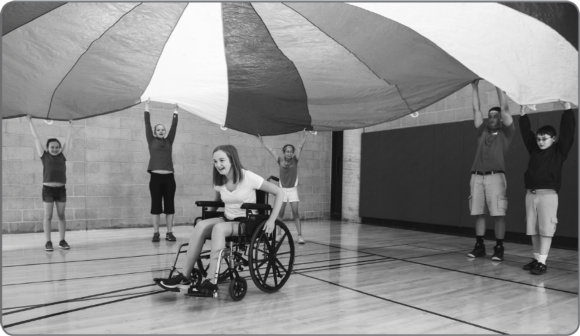An overview of Universal Design for Learning curriculum
This is an excerpt from Universal Design for Learning in Physical Education With Web Resource by Lauren J Lieberman,Michelle Grenier,Ali Brian,Katrina Arndt.
Universal design for learning (UDL) emerged from the architectural principle for eliminating physical barriers when federal legislation began requiring universal access to buildings and other structures. Building on this idea, UDL is a set of principles for eliminating physical as well as other curricular barriers to students' learning. UDL is an efficient way to provide students with access to the physical education curriculum (Lieberman, Lytle, & Clarcq, 2008). The practice considers the range of students' abilities and interests at the design stage of curriculum making and incorporates accommodations a priori. Students with disabilities will no longer stand out with modifications made just for them. The variations to curriculum are universal and for every studentto utilize, if they choose. This built-in access for a wide range of users is the underlying principle of UDL (Rapp, 2014; Rapp & Arndt, 2012; Rapp, Arndt, & Hildenbrand, 2019).
In terms of designing curriculum, UDL employs an array of instructional strategies and activities that allow learning goals to be attained by individuals with wide differences in their abilities to see, hear, speak, move, read, write, and engage with peers. Such a varied yet challenging curriculum gives teachers the ability to provide each student with access to the curriculum (Lieberman & Houston-Wilson, 2018). Equipment, instruction, and environmental variations that meet the elements of UDL help students learn the intended skills, knowledge, and dispositions inherent to curricular programming (Rapp, 2014).

SHOP

Get the latest insights with regular newsletters, plus periodic product information and special insider offers.
JOIN NOW


